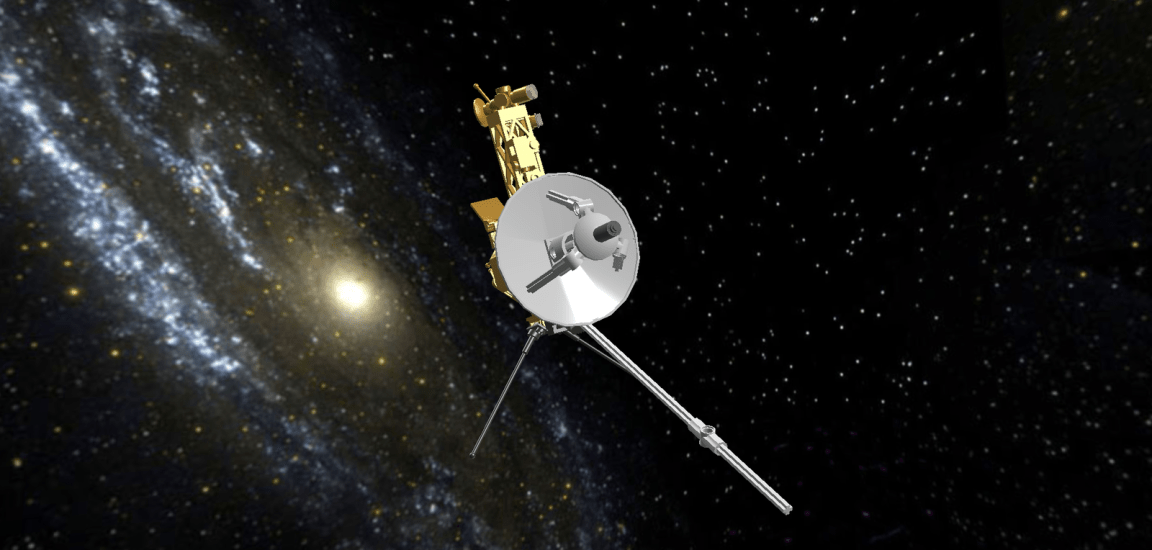
Good Morning
Voyager 1 just fired up a set of thrusters that have been dormant for 37 years. The aging spacecraft, first launched in 1977, is the fastest and most well-traveled spacecraft ever launched by NASA. It is also the first object made by humans to reach interstellar space, the vast world beyond our solar system.
The satellite relies on “attitude control” thrusters to orient itself so it can communicate with Earth using the Deep Space Network. The Voyager team had noticed diminishing returns on these thrusters since 2014, with the thrusters needing to fire up more often to give off the same amount of energy. To extend the life of the mission, researchers came up with the novel idea of reactivating the craft’s “trajectory correction maneuver” (TCM) thrusters.
The TCM thrusters are identical to the degrading attitude control thrusters, only they are located on the back side of the satellite. They also hadn’t been switched on since the craft’s encounter with Saturn in 1980 and had never been used for the purpose of orienting the craft for communication.
Still, the team though the TCM thrusters might suit their purposes, so on November 28, they decided to fire them up with 10-millisecond pulses to test if they could be a viable replacement for the nearly spent thrusters. The team was delighted when the results of their test were resoundingly positive.
“The Voyager team got more excited each time with each milestone in the thruster test,” said Todd Barber, a NASA Jet Propulsion Laboratory (JPL) propulsion engineer, in a JPL news release. “The mood was one of relief, joy, and incredulity after witnessing these well-rested thrusters pick up the baton as if no time had passed at all.”
Voyager’s Voyage
The TCM thrusters will officially take over for the attitude control thrusters in January, and the Voyager team predicts that the backup thrusters will add another two to three years to Voyager 1’s mission. However, the TCM thrusters operate with the use of heaters, which drain Voyager 1’s limited power, so it is not a permanent switch. Once their ability to utilize the backups is diminished, the team will switch back to the original thrusters for the remainder of the mission.
And Voyager 1 has enjoyed a storied mission, indeed. The craft provided us with highly detailed images of our solar system’s largest planet, Jupiter, in 1979, followed by images of Saturn in 1980. The gravity of one of Saturn’s moons, Titan, disrupted the trajectory of Voyager 1, so instead of flying by the rest of the solar system, the craft headed toward interstellar space. Thirty-four years after launching, Voyager 1 became the first spacecraft to travel beyond our solar system.

New probes, like the planned Breakthrough Starshot, could actually reach the nearest star after the Sun, Alpha Centauri, within 20 to 50 years. The biggest problem facing future interstellar travel isn’t getting spacecraft to the stars, but slowing them down enough for the craft to gather meaningful data from their missions. Scientists are proposing ideas to help in this arena, including magnetic sails to slow satellites once they reach their destination.
Thanks to the innovation of dedicated scientists, Voyager 1 can continue its mission, and each additional year the craft is in operation, it has the potential to deliver new insights into the world beyond our solar system.